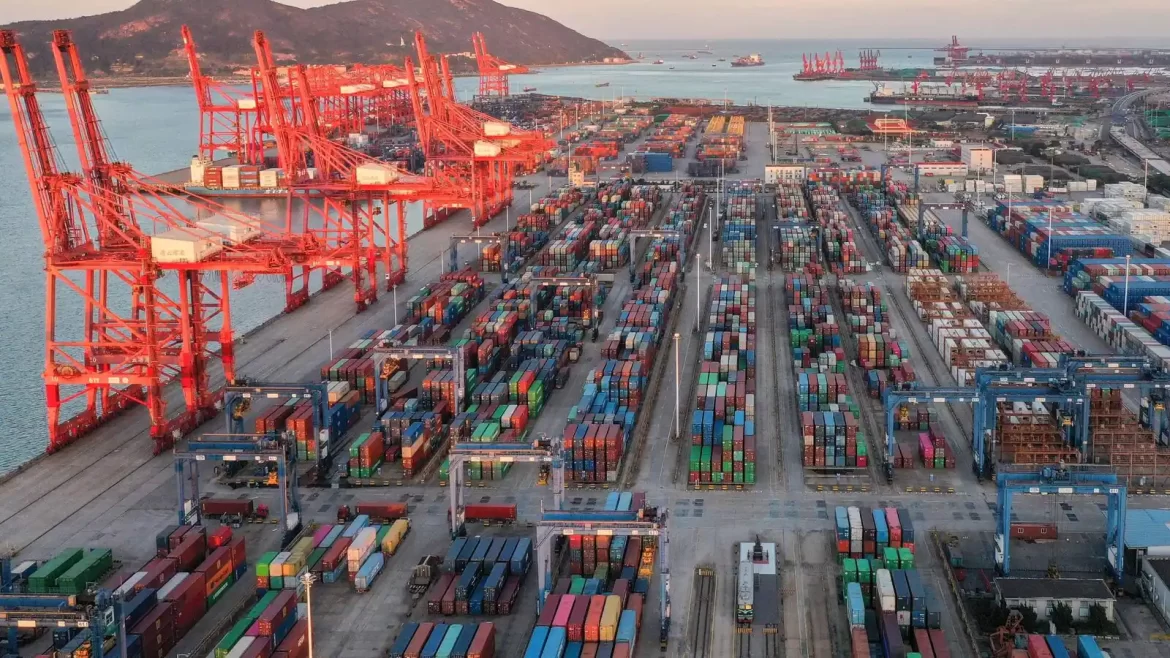The Distributional Effects of Trade are discussed in the following article. Trade is a proven driver of economic growth and poverty reduction. However, there are also winners and losers when it comes to trade. This article explores the impact of changes in trade policy on the distribution of income. It highlights some of the major winners and losers that arise when changes in trade policy are made. In addition, it highlights the importance of understanding the impacts of trade on the distribution of income and poverty.
While the rise of international trade has transformed global economies, it has also been accompanied by a dramatic reduction in global poverty. Global poverty dropped from 36% in 1990 to 9% in 2017, while developing countries’ share of world exports rose from 16% to 30%. However, the gains from trade are unevenly distributed, with most trade flows concentrated in certain regions and in particular worker categories. The impacts of trade on different regions are analyzed separately.
Although trade shocks may be small in the short run, their negative effects have a significant impact on the distribution of income. For instance, the decline of employment in industries exposed to import competition has yet to materialize, as are offsetting job gains in other sectors. Moreover, the distributional impact of trade has significant adjustment and distribution costs. The trade-induced benefits from trade are often more localized than previously thought. These effects are often rationalized by regional differences in the distribution of income.
The impact of trade on the welfare of households is largely based on changes in the prices of factor and consumption goods. The distributional impact of trade on the welfare of households is illustrated in Fig. 2, with welfare impacts for 10 income deciles in 11 European countries. The impacts before revenue recycling are regressive. The lower the income deciles are, the greater the effects are relative to income. The welfare impacts are primarily due to changes in the prices of capital and labour.
The authors of The Distributional Impacts of Trade explore the relationship between trade and the employment of individuals. They find that when import competition increases, wages fall outside of manufacturing. In addition, average household incomes drop sharply. Meanwhile, transfers increase. These results demonstrate the important margin of adjustment to trade. However, the authors point out that the distributional impact of trade is not fully compensated by this job mobility. However, the study also highlights the positive effects of trade on individual workers.
The benefits of trade are multi-fold. As a result of free trade, nations specialize in activities where they have a comparative advantage. They can produce more goods for less money and exchange them with goods produced by other countries. These benefits can be translated into higher consumption. It is estimated that the post-war gains of trade have been in the range of $10,000 per household. These positive effects of trade far outweigh the short-term transition costs.







